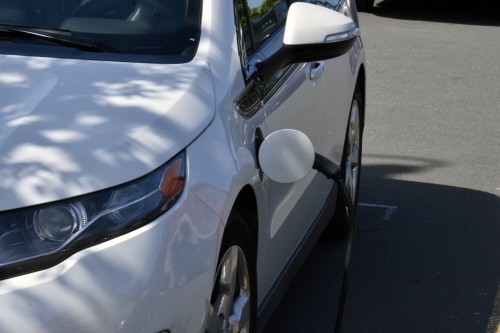UK set for world's first gigawatt network of grid-scale batteries and rapid EV charging points
The world’s first two gigawatt network of grid-scale batteries and rapid electric vehicle charging points is to be built across the UK.


Pivot Power has unveiled plans for a £1.6bn programme to build the infrastructure needed to support the mass adoption of electric vehicles.
The battery network will also help the National Grid to manage supply and demand, particularly with the greater use of intermittent renewable energy and mass charging of electric cars.
The company, which has secured funding from UK investment manager Downing LLP, is planning to develop 45 sites across the country, with the first likely to begin operating at a location near Southampton in 2019, according to chief technical officer Michael Clark.
A further nine sites are due to begin operating within the next 18 months, he said. “Then the ambition is that over a five-year period, we’ll have all 45 sites up and running.”
Pivot Power will install 50MWh batteries at electricity sub-stations, which will be connected directly to the extra-high-voltage transmission system. This will allow the network access to far greater capacity than would be possible if it were linked to the lower voltage regional distribution system, said Clark.
Register now to continue reading
Thanks for visiting The Engineer. You’ve now reached your monthly limit of news stories. Register for free to unlock unlimited access to all of our news coverage, as well as premium content including opinion, in-depth features and special reports.
Benefits of registering
-
In-depth insights and coverage of key emerging trends
-
Unrestricted access to special reports throughout the year
-
Daily technology news delivered straight to your inbox










Water Sector Talent Exodus Could Cripple The Sector
Maybe if things are essential for the running of a country and we want to pay a fair price we should be running these utilities on a not for profit...